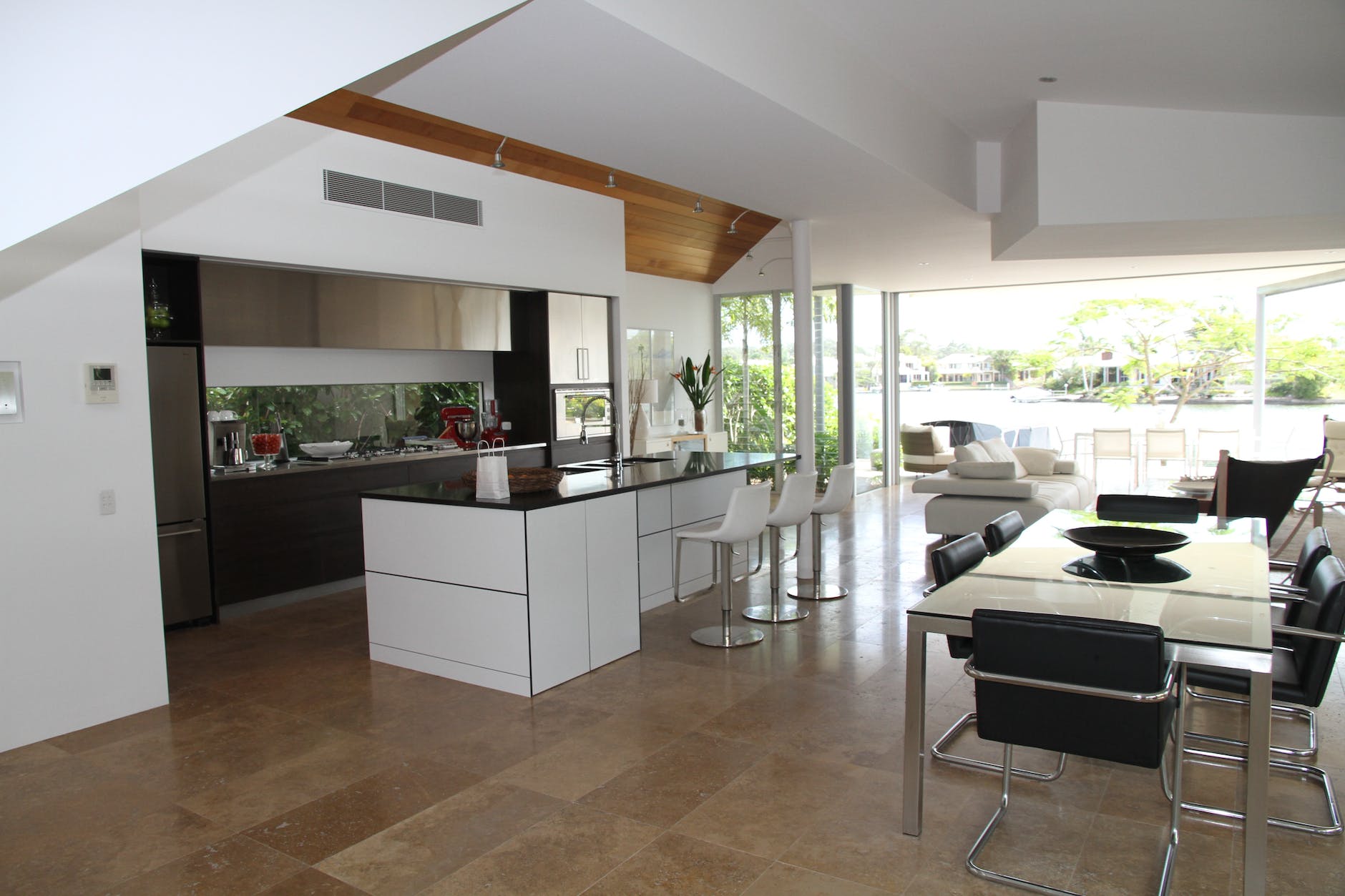
Living in a small space often makes us face the challenge of making every square meter count. Especially in urban areas where space is a luxury, learning how to maximize a small room it can not only improve the functionality of the environment, but also transform the way we perceive it. This article is dedicated to exploring the many ways you can make a small room appear visually larger and more inviting, turning space limitations into creative design opportunities.
The perception of space is influenced by several factors, from the color of the walls to the arrangement of furniture. In a small room, every detail counts. The choices you make can have a significant impact on how spacious the space feels. Let's explore how color, light, and strategic placement of objects can create an illusion of more space, making your small living room not only functional but also aesthetically pleasing.
Furthermore, this article also covers the importance of choosing the right furniture. Large furniture in a small room can look disproportionate and take up valuable space. On the other hand, furniture that is too small may not be practical. Finding the right balance is crucial, and there are several design solutions that can help maximize available space without compromising style or functionality.
Finally, we'll discuss how clutter can affect the perception of a room's size and how smart storage solutions can help maintain order and aesthetics. A well-organized room not only looks larger, but also provides a more peaceful and pleasant environment to live in. With these tips and tricks, you can transform your small living room into a welcoming and seemingly larger space.

Transforming a small room into a space that feels spacious and welcoming may seem like a challenge, but with some clever design and decorating techniques, you can easily create the illusion of more space. Here are some tips to help maximize your small room.
Choosing Light and Neutral Colors
The color of the walls and ceiling plays a crucial role in the perception of the size of the room. Light, neutral colors, like white, beige, or light gray, reflect more light and make the space feel larger and more open. Also consider painting door and window frames the same color as the walls for a sense of continuity.
Mirrors are a great way to create the illusion of depth and visually enlarge a space. Placing a large mirror on a wall or above a piece of furniture can reflect natural light and outside views, giving the impression of a more spacious room.
Proportional and Multifunctional Furniture
Choosing furniture that suits the scale of the room is essential. Pieces that are too large can overwhelm the space, while furniture that is too small can look out of place. Opt for multifunctional furniture, like sofa beds or coffee tables with storage, to save space and keep the room organized.
Organization and Minimum Clutter
Keeping the room organized and free of clutter is key to making the space appear larger. Use smart storage solutions like floating shelves and decorative baskets to keep personal items out of sight. A well-organized room instantly feels more spacious.
Adequate Lighting
Lighting can completely transform a space. In addition to natural light, add different light sources like floor lamps, ceiling lights, and table lamps to illuminate every corner of the room. Strategic lighting can create depth and open up a space.
Minimalist Accessories and Decor
When it comes to decorating, less is more in a small space. Choose accessories and artwork sparingly. A large piece of art can serve as a focal point and add personality without making the room feel crowded.
Plants to Add Life
Plants can add life and color to a small space. Not only do they bring an element of nature indoors, they can also help purify the air. Choose plants that thrive indoors and don't take up much space.
Styling a small room to feel big is all about smart choices and strategic design. By implementing these tips, you can create a space that not only looks larger but also feels more welcoming and comfortable. Remember that every small change can have a big impact on the overall perception of your space.



